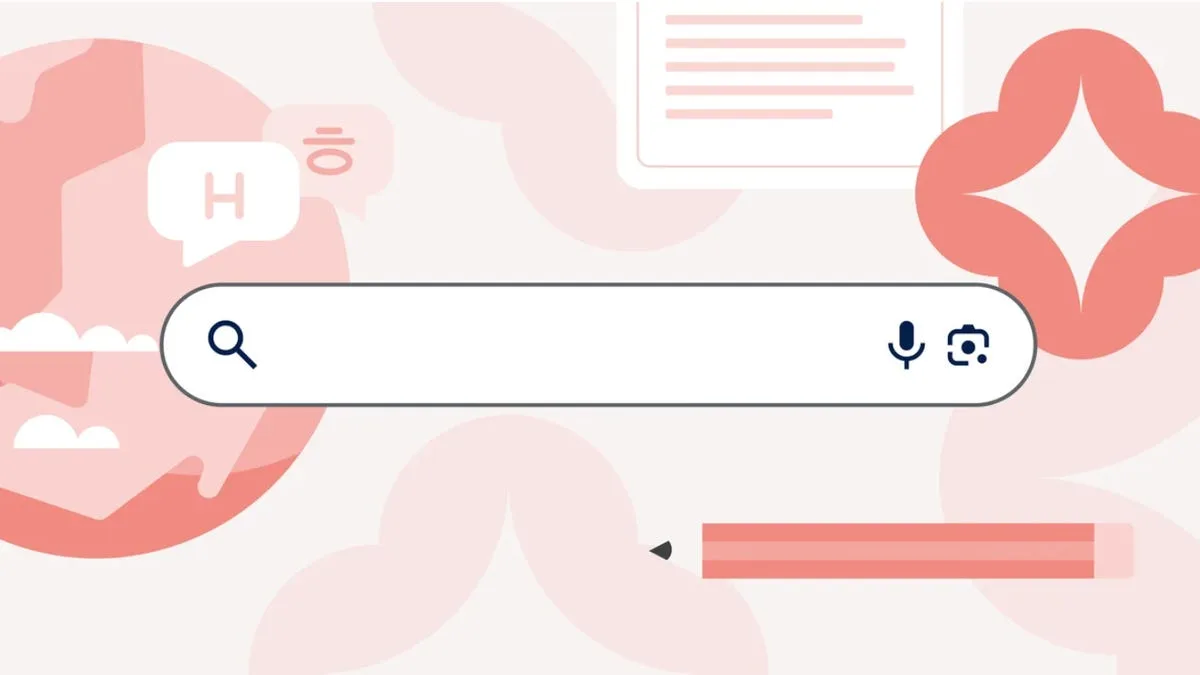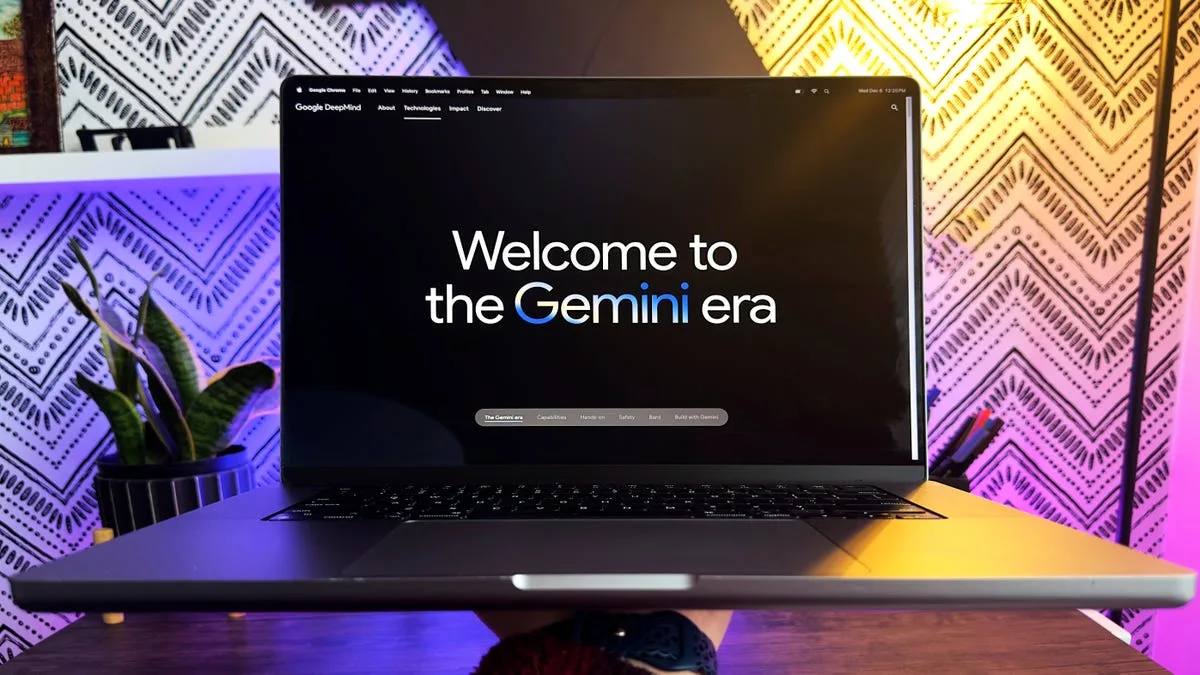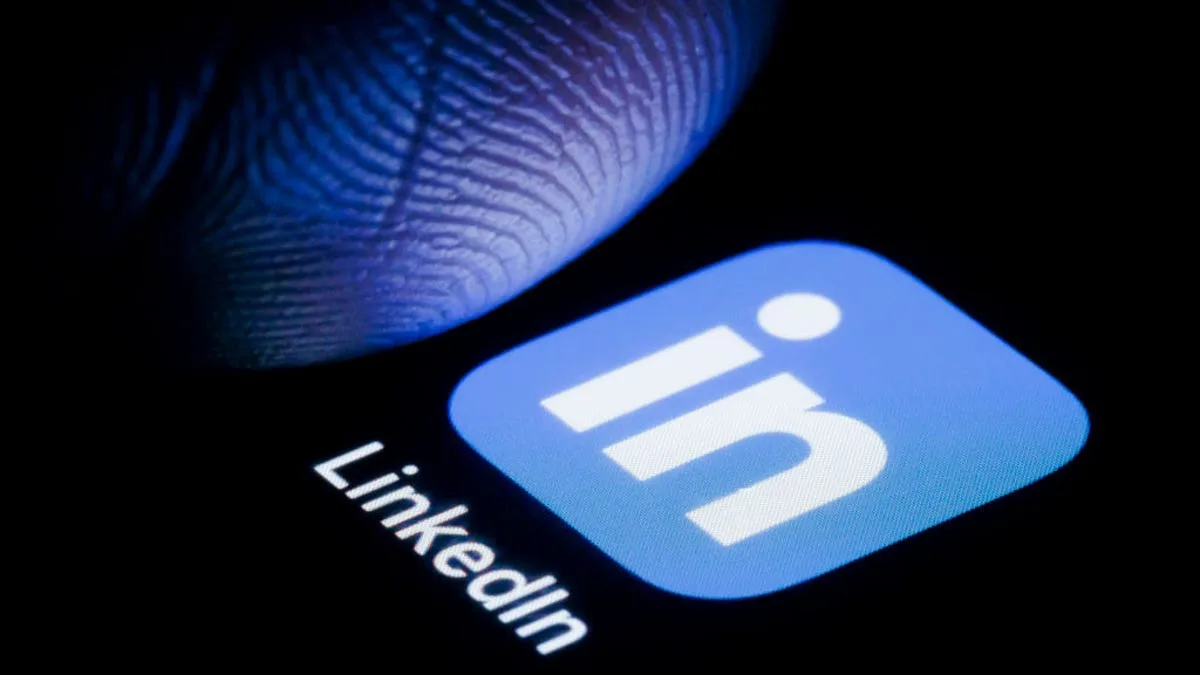The Future of AI in Education: Embracing Innovation
Introduction
As generative artificial intelligence has rapidly evolved over recent years, schools and educators have faced a pressing question: should we ban this powerful, yet experimental technology or embrace it? A new executive order indicates a clear preference for the latter.
A Bold Move from the White House
On April 23, President Donald Trump signed the executive order titled Advancing Artificial Intelligence Education for American Youth. This directive aims to promote the appropriate integration of AI into education, ensuring the United States remains a global leader in this technological revolution.
Goals of the Executive Order
Central to the order’s mission is enhancing education outcomes by teaching students and training educators to effectively use AI. It emphasizes that incorporating AI in schools not only demystifies this technology but also ignites curiosity and creativity, preparing students for future workforce participation.
Forming a Task Force
To realize this vision, the executive order mandates the establishment of a White House Task Force on Artificial Intelligence Education. This task force, chaired by the director of the Office of Science and Technology Policy and consisting of cabinet members, will spearhead the initiative.
Public-Private Partnerships
The task force is charged with quickly forming public-private partnerships with AI industry groups, nonprofits, and academic institutions. These collaborations will be instrumental in developing online resources aimed at teaching K-12 students about AI literacy.
Federal Support and Resources
The executive order tasks the Secretary of Education with identifying federal spending mechanisms to enhance educational outcomes through AI. Potential initiatives include creating AI-based teaching resources and bolstering intensive tutoring programs.
Professional Development for Teachers
Another facet of the order focuses on professional development, urging the Secretary to allocate federal funds to help teachers integrate AI into various subjects and reduce administrative burdens. This application has garnered positive responses from educators, like Pete Just from the Consortium for School Networking.
Innovative Learning Opportunities
The order also envisions the creation of registered apprenticeships in AI, a Presidential AI Challenge for students, and access to AI courses for high school students through dual enrollment at colleges.
Concerns and Challenges
While the executive order sets ambitious goals, uncertainties remain regarding implementation. Education leaders, including Beth Rabbitt from The Learning Accelerator, liken the advent of generative AI to the introduction of electricity — full of potential benefits yet fraught with risks if mishandled.
Playing Defense
Discourse surrounding AI in education has predominantly focused on defensive strategies — preventing academic dishonesty and addressing the risk of AI tools exacerbating inequities in education. Concerns about bias, misinformation, and data breaches persist as the marketplace remains largely unregulated.
Revisiting Regulatory Measures
The new executive order arrives amid a backdrop of regulatory rollbacks, with the Trump administration having previously revoked rules aimed at providing safeguards for AI. Critics argue this new directive lacks the necessary harm-mitigation requirements for the safe integration of AI technologies.
Proactive Approaches
Despite the landscape, many educators are exploring positive applications of AI. Initiatives like the School Teams AI Collaborative, supported by The Learning Accelerator, showcase teachers experimenting with AI-enabled instruction to enhance feedback and civic learning.
Enhancing Teacher Training with AI
Cheryl Holcomb-McCoy, the new president and CEO of the American Association of Colleges for Teacher Education, emphasizes the need for AI tools that provide timely support to new teachers. Such solutions could help bridge the gap between professional development and real-time classroom needs.
Equal Access to Resources
With the promise of AI educational resources, Holcomb-McCoy raises a crucial question: how can the federal government ensure that every child and teacher, regardless of location, has equal access to these tools?
The Importance of Realistic Planning
To foster successful AI integration in education, policymakers and educators must approach the change at a measured pace, allowing time for thoughtful implementation. Rabbitt cautions against overwhelming educators with untested tools, drawing parallels to the rushed transition during the pandemic.
The Path Forward
The executive order undoubtedly places AI in the spotlight for superintendents and educational leaders, with hopes of rekindling discussions on its priorities in schools.
Conclusion
As the education sector navigates the complexities of AI, collaboration, thoughtful planning, and a commitment to equity will be essential. By harnessing the potential of this technology while addressing its challenges, we can pave the way for a better future for students and educators alike.
Questions and Answers
- What is the main purpose of the executive order signed by President Trump?
The order aims to promote the appropriate integration of AI into education to enhance learning outcomes and maintain the U.S. as a leader in technological innovation. - What are some initiatives the executive order calls for?
It calls for the creation of a White House Task Force on AI Education, public-private partnerships for K-12 AI literacy, registered apprenticeships related to AI, and more access to AI courses for high school students. - What concerns do education leaders have regarding the executive order?
Leaders express concerns about how to implement the goals of the order effectively and the potential risks associated with unregulated AI technologies, including bias and misinformation. - How are some educators currently using AI in classrooms?
Educators are experimenting with AI for providing writing feedback and developing chatbots to teach students about civics, among other innovative uses. - Why is it important to ensure equal access to AI resources?
Equal access is crucial to prevent widening the educational gap and to ensure all students and teachers can benefit from AI tools, irrespective of their location.







